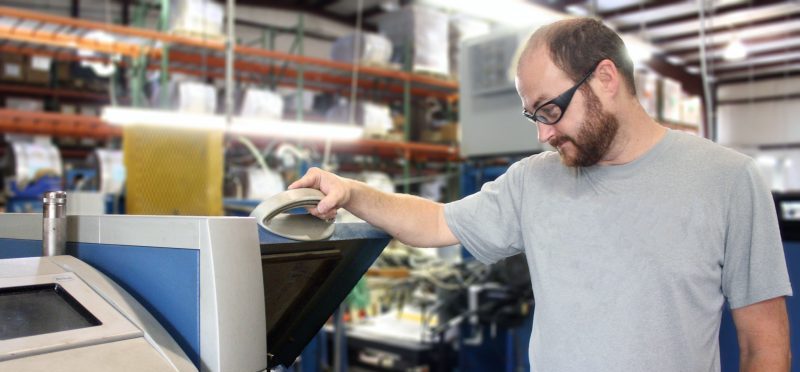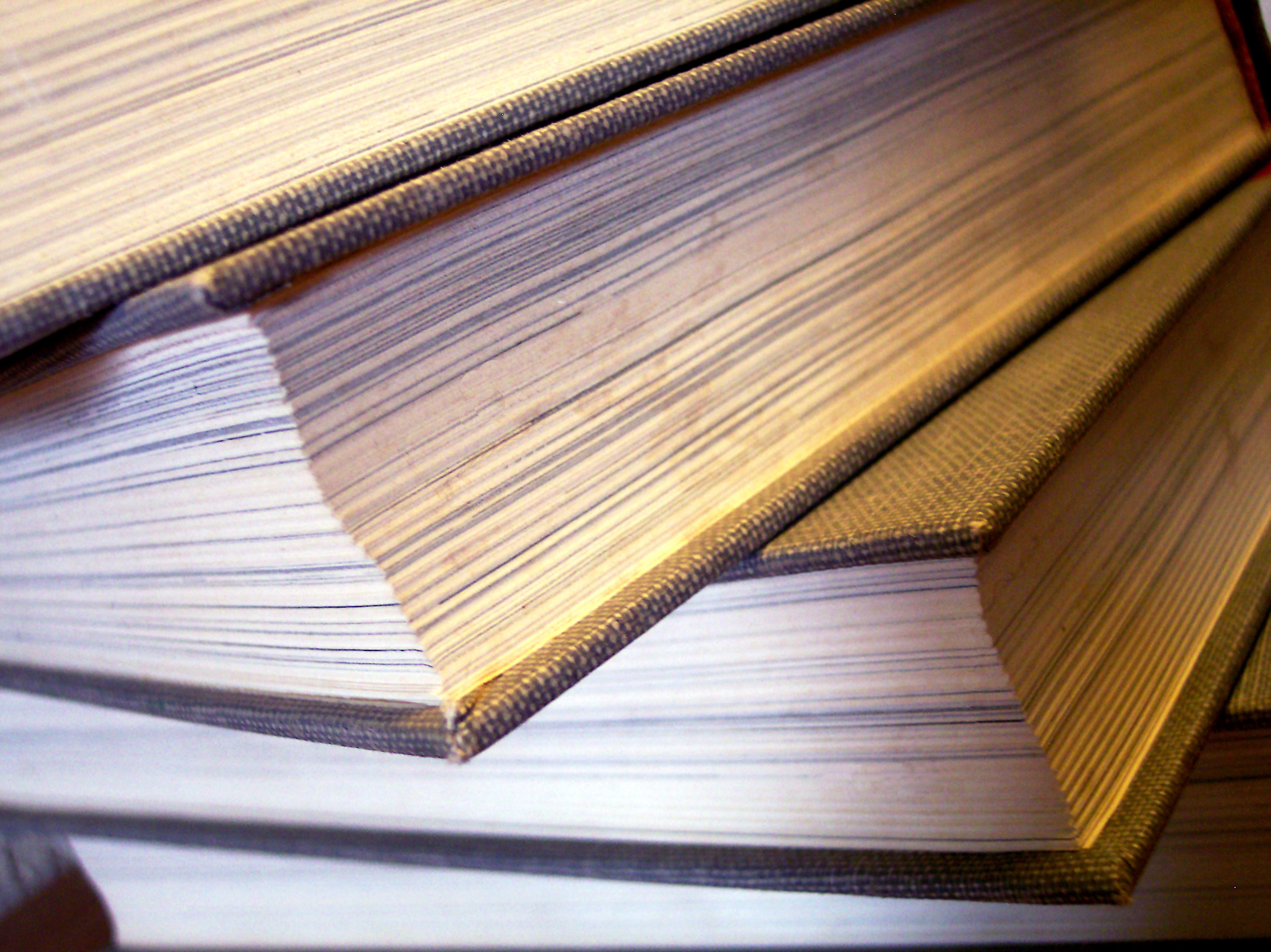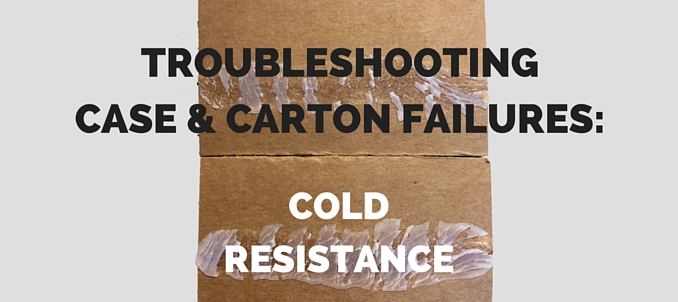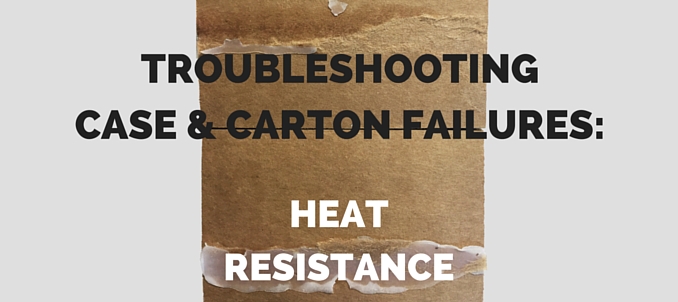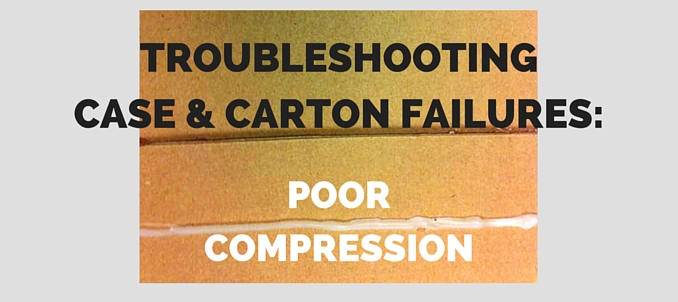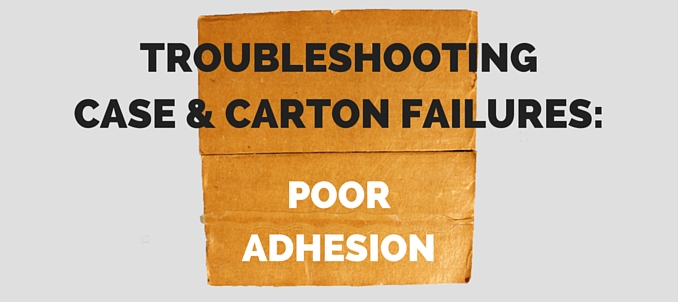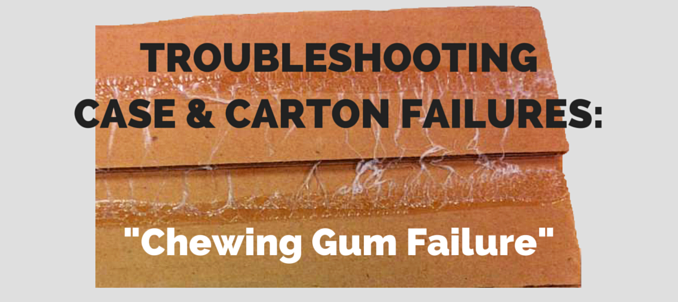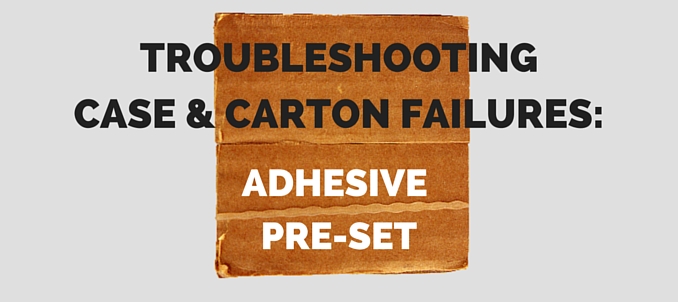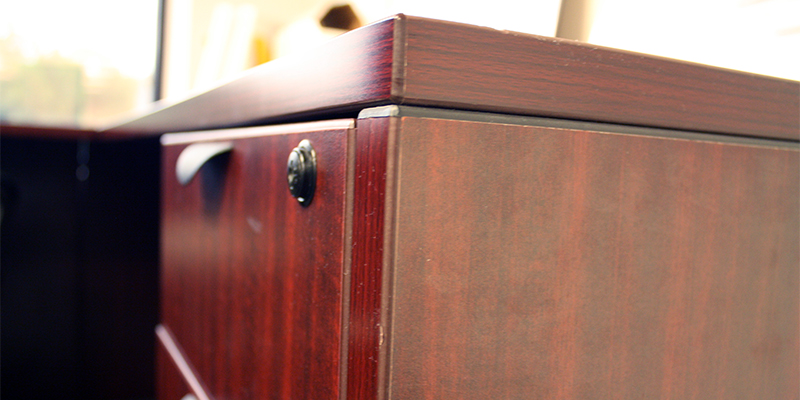Reduce Failures and Cost with the Right Adhesive Amount
When it comes to using hot melts, it can be easy to think that the more glue you apply, the better adhesion you’ll get. But this isn’t necessarily the case. In fact, applying more glue than needed can hurt your bottom line. Overconsumption can result in adhesive stringing and slow set speeds, leading to pop-opens

